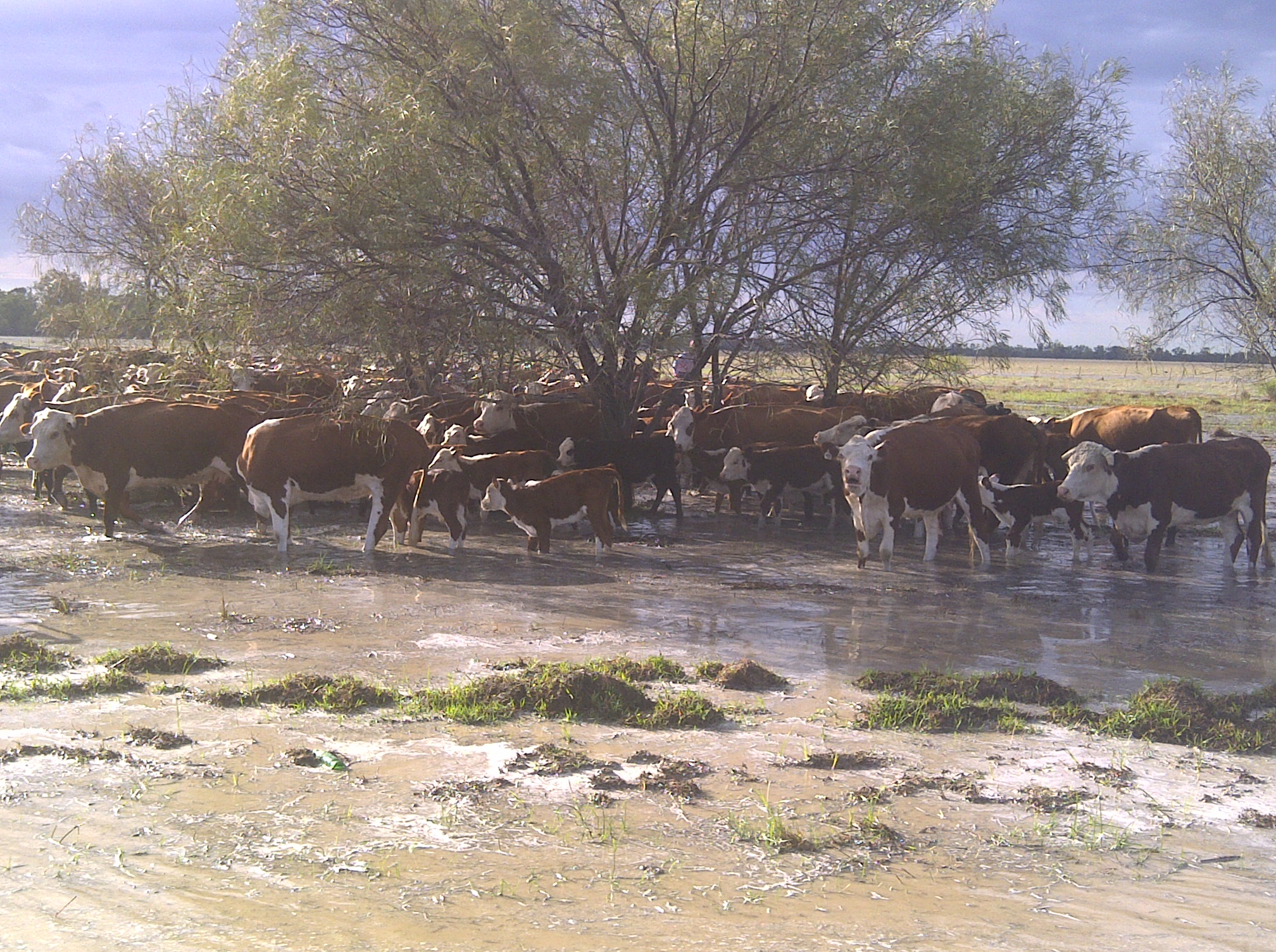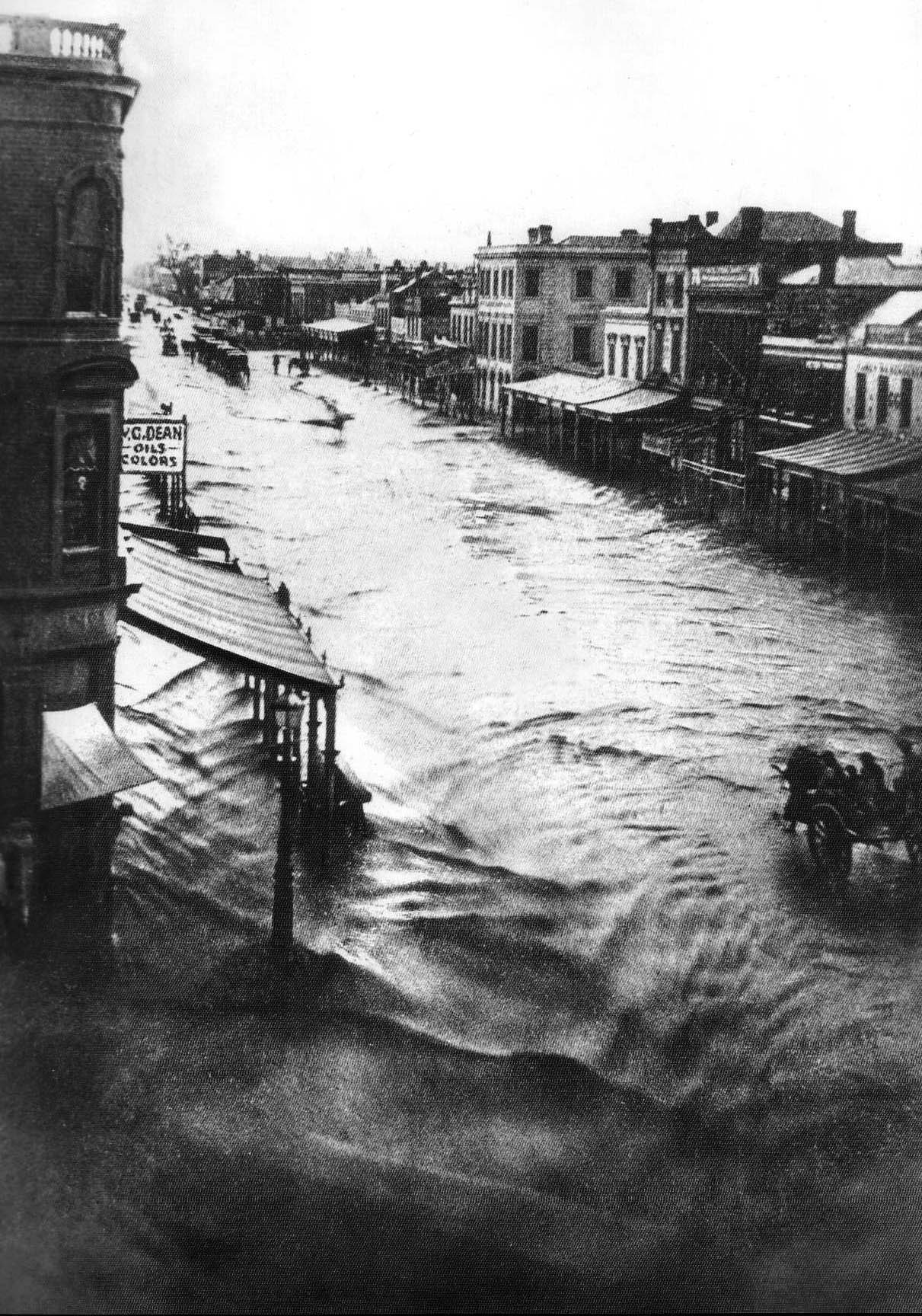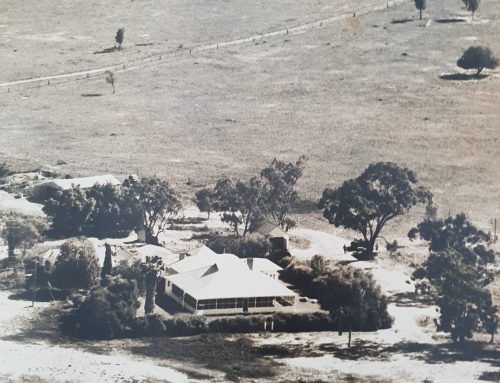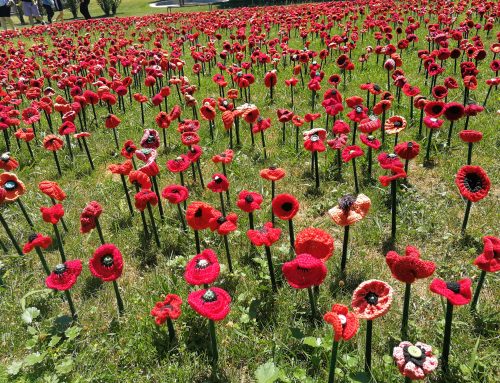The outback has always evoked themes of struggle and survival, epitomised in tales of bush-rangers, drovers, rural women and lost children. Certainly any debate about National Identity usually gives consideration to rural Australian life, particularly as it is portrayed in painting, music, literature, film and most importantly, foods. To an extent rural Australia still helps define our national character and for a myriad of reasons, the bush retains an iconic status, notwithstanding the increasingly growing urban divide.
Picture below – moving our stock along the route February 2013.
 Despite experiencing varying degrees of depopulation, debt, challenging environmental conditions and unemployment our producers of both food and fibre are among the most productive and cost-efficient in the world (Australian Productivity Commission). Australian agriculture benefits from a paltry 3% of subsidies and yet we compete aggressively on the world stage against countries that are the beneficiaries of up to five times that percentage.
Despite experiencing varying degrees of depopulation, debt, challenging environmental conditions and unemployment our producers of both food and fibre are among the most productive and cost-efficient in the world (Australian Productivity Commission). Australian agriculture benefits from a paltry 3% of subsidies and yet we compete aggressively on the world stage against countries that are the beneficiaries of up to five times that percentage.
And we should be competitive, hungry for success, eager to stream-line our businesses and improve on the generation that went before us and be examples for the next. We are a proud people in a young country and we want the best for our families, our children, our communities.
 One of the joys of being a citizen of this country is seeing the out-pouring of generosity that attends every natural disaster that affects our fair land. The Australian people are quick to lend a helping hand during catastrophe and many of us have had first-hand experience of Mother Nature’s turbulent nature. We know she can be a bitch. We know livelihoods can be destroyed and lives taken and often we watch these horrific events unfold before our very eyes in a matter of hours thanks to the media.
One of the joys of being a citizen of this country is seeing the out-pouring of generosity that attends every natural disaster that affects our fair land. The Australian people are quick to lend a helping hand during catastrophe and many of us have had first-hand experience of Mother Nature’s turbulent nature. We know she can be a bitch. We know livelihoods can be destroyed and lives taken and often we watch these horrific events unfold before our very eyes in a matter of hours thanks to the media.
Above picture – ploughing land after clearing 1900s.
No so with drought. Droughts can be deceptive. Rainfall can lessen gradually until ‘normal’ annual precipitation is a dream. Dry spells can be broken by the odd mini-break in the weather pattern. A freak rain storm may carry a producer into the next phase of the drought, giving them a few weeks of respite before the weather gods return to  their slumber. Droughts by their very nature are long, drawn out affairs. They linger with a deadening, soul-destroying monotony that is punctuated by de-stocking for minimal prices, by the endless quest of sourcing fodder and/or water to be trucked on-farm and the feeding of hungry stock who look at you with a sad longing as you tip silage, shovel cottonseed, unload hay, auger grain, drop off molasses lick blocks… and all the while the earth cracks beneath your feet and crumbles in the wind.
their slumber. Droughts by their very nature are long, drawn out affairs. They linger with a deadening, soul-destroying monotony that is punctuated by de-stocking for minimal prices, by the endless quest of sourcing fodder and/or water to be trucked on-farm and the feeding of hungry stock who look at you with a sad longing as you tip silage, shovel cottonseed, unload hay, auger grain, drop off molasses lick blocks… and all the while the earth cracks beneath your feet and crumbles in the wind.
And then the floods come…
Picture left – Elizabeth Street, Sydney 1862.






Leave A Comment